Airbus seeks to reshape flying with ‘zero emission’ aircraft
The world's first zero-emission commercial aircraft could enter service by 2035, Airbus says.
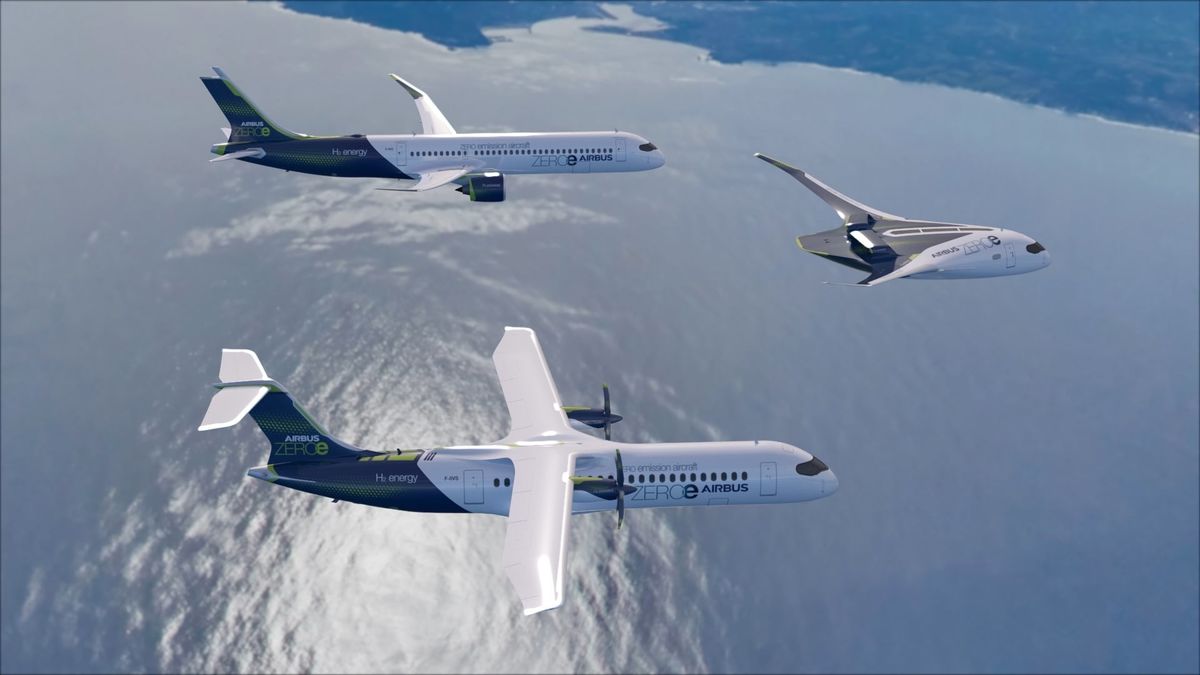
Airbus has three hydrogen-powered concepts for 'zero emission' commercial aircraft on the drawing board, but says the most eye-catching of these – a dramatic ‘blended wing’ design – is unlikely to be flying by the company’s target date of 2035.
“The blended wing body has circled the world several times in the media, but it's also the least likely of the different options for us to bring to commercial service by our target of 2035,” admits Glenn Llewellyn, who heads the Airbus Zero Emission project.
The aircraft’s unique shape would allow room for up to 200 passengers across a number of cabin configurations in the exceptionally wide fuselage, with a range of 2,000 nautical miles – around two-thirds that of the Boeing 737.
“It's a really interesting concept from a performance perspective, because the extra volume of the hydrogen required to be stored is easily handled by that geometric shape, and it's a very efficient aerodynamic shape,” Llewellyn noted.
“But going in one single step to change completely the propulsion system and change completely the aircraft configuration would just be simply too much” to achieve by 2035, Llewellyn admitted.
“So we’re much more concentrated on what we would call a classical ‘tube and wing’ configuration.”
That narrows the field to the two other members of the ZEROe family.
The ZEROe turboprop is capable of carrying up to 100 passengers around 1,000nm, making it best suited to short-range trips.
The ZEROe ‘turbofan’, which looks something like a truncated A320neo, boosts passenger capacity to the 120-200 bracket while extending range to in excess of 2,000nm: sufficient for a transcontinental jaunt between Australia's east and west coasts.
Both rely on ‘hybrid hydrogen’ engines, with liquid hydrogen fuel cells and the fuel distribution system sitting behind a pressurised rear bulkhead.
The European airplane maker has previously said hydrogen “holds exceptional promise as a clean aviation fuel and is likely to be a solution for aerospace and many other industries to meet their climate-neutral targets.”
The author attended the Airbus Summit at Toulouse as a guest of Airbus
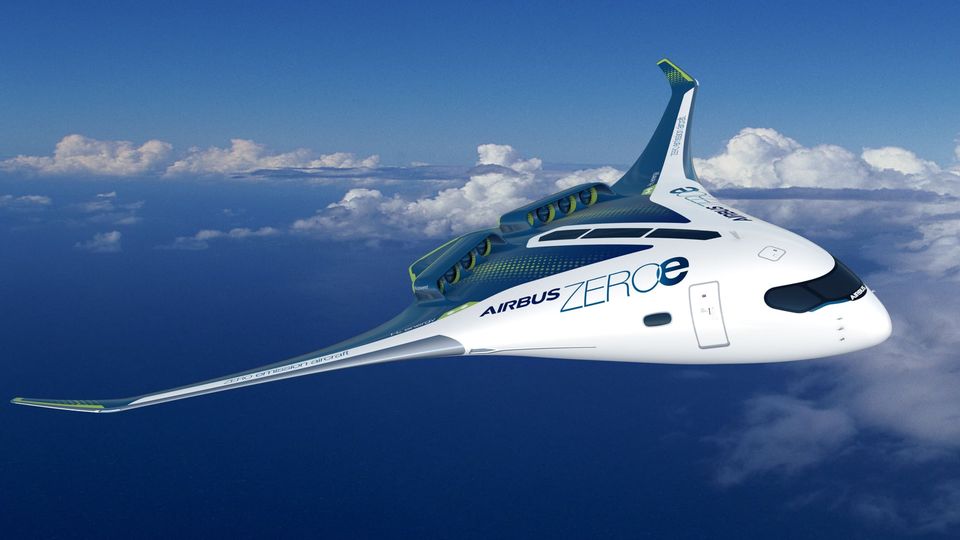
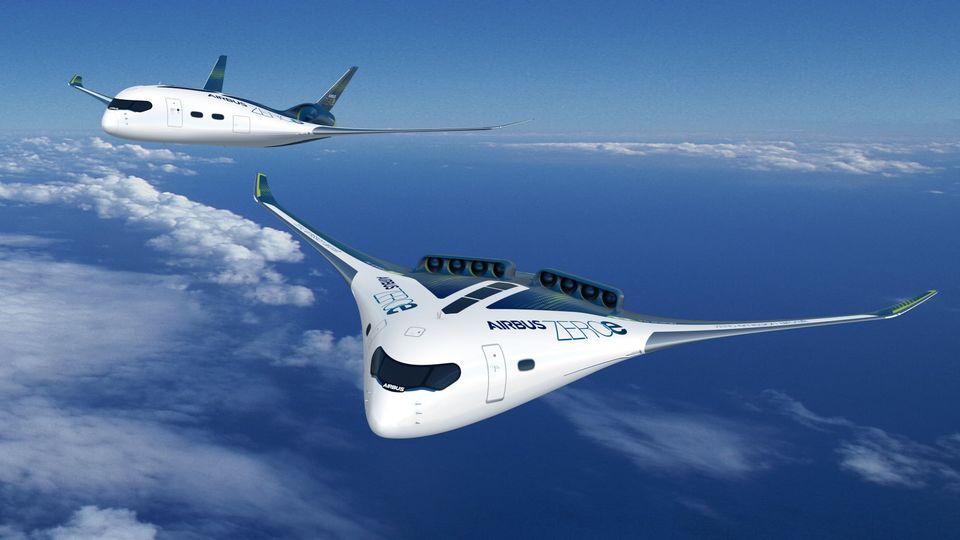
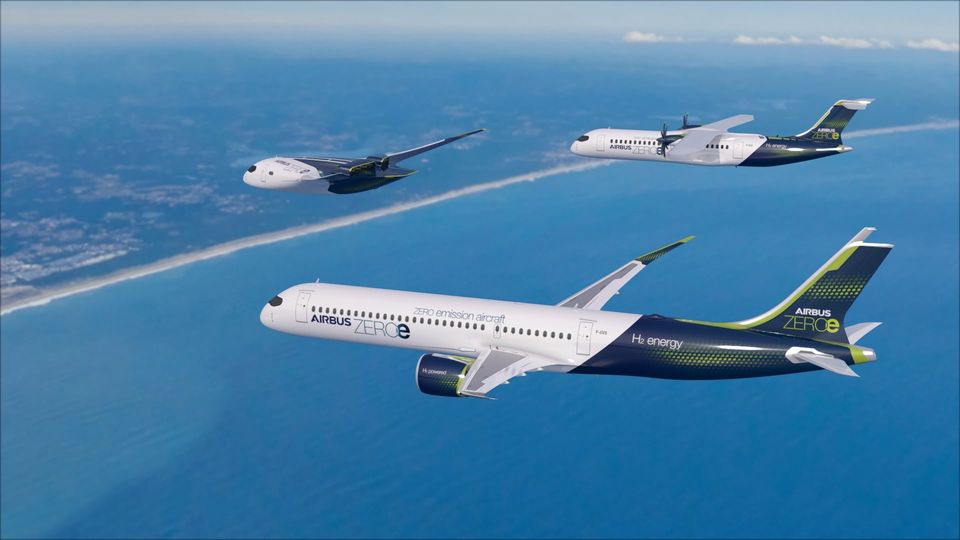
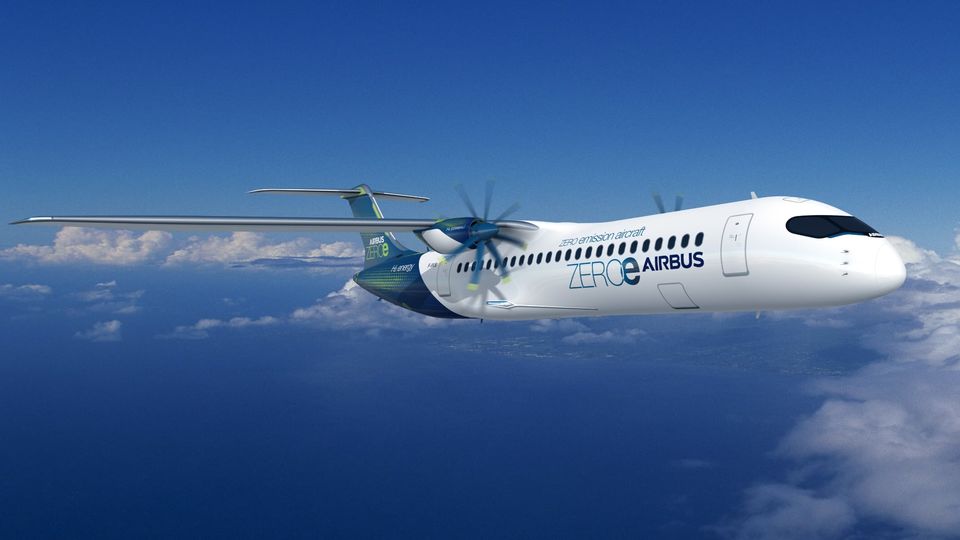
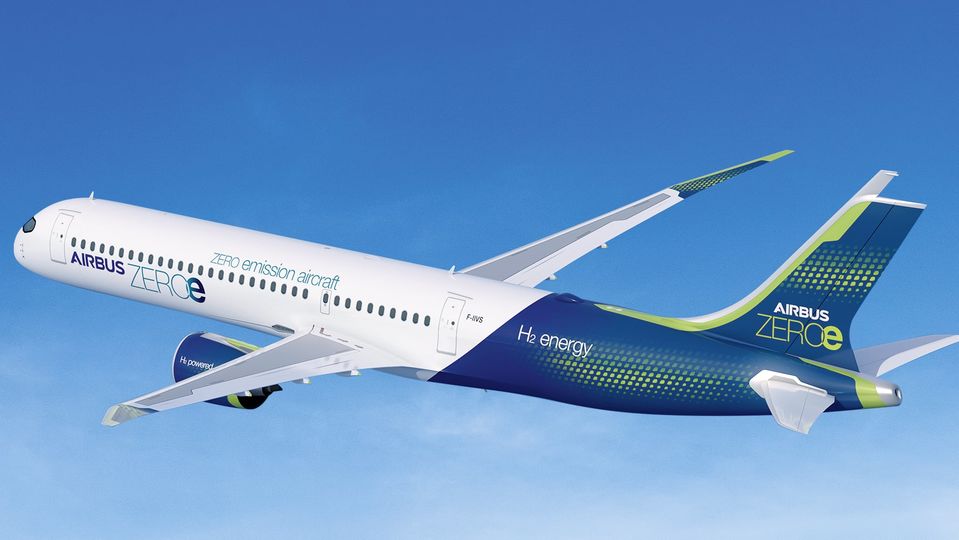
Qantas
19 Apr 2012
Total posts 1424
The worlds first zero emission commercial aircraft will be long before 2035. There are a few initiatives in the 10-20 seat space with first flights occurring next year and entry into service in the 2025-28 timeline. LoganAir is one I’m aware of.
Hi Guest, join in the discussion on Airbus seeks to reshape flying with ‘zero emission’ aircraft